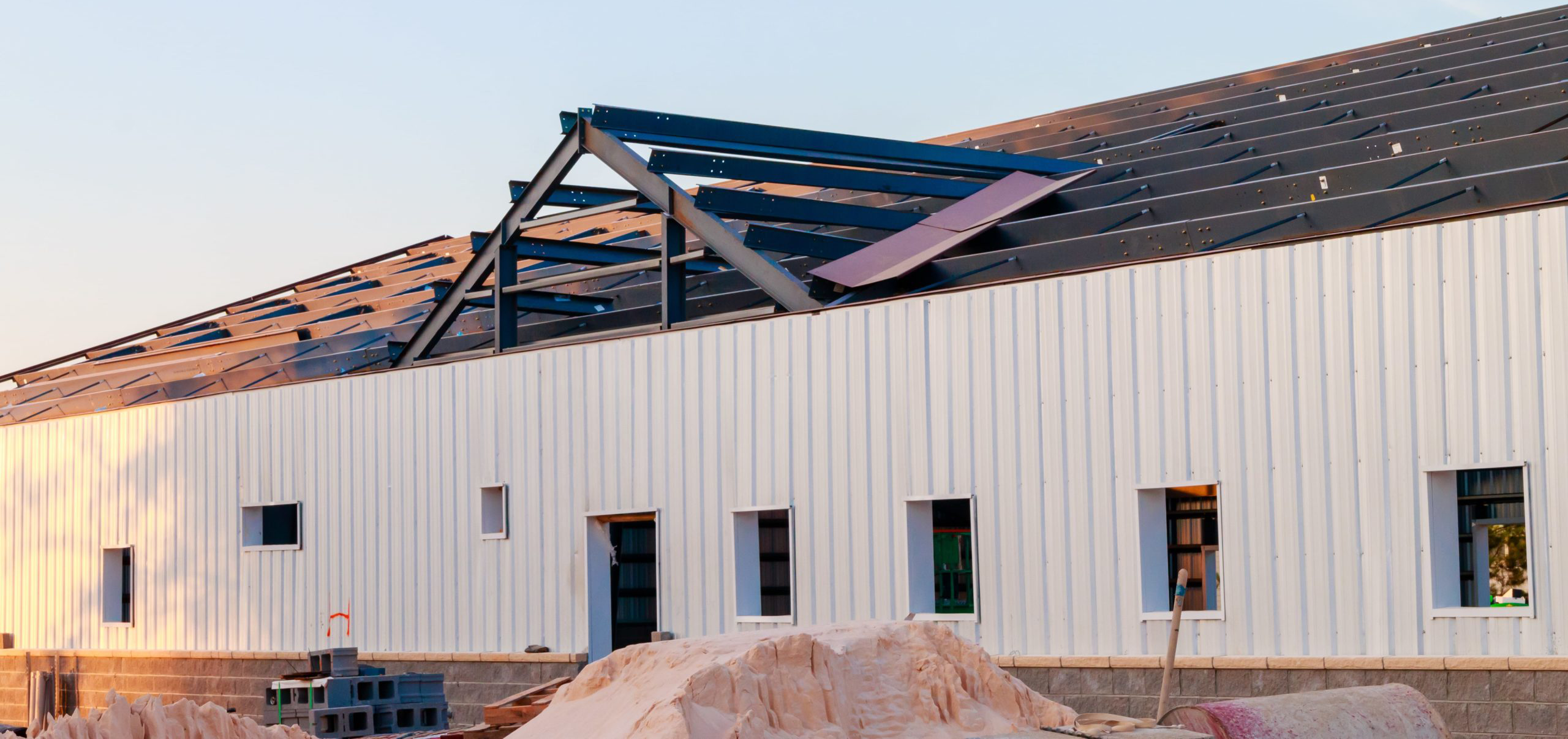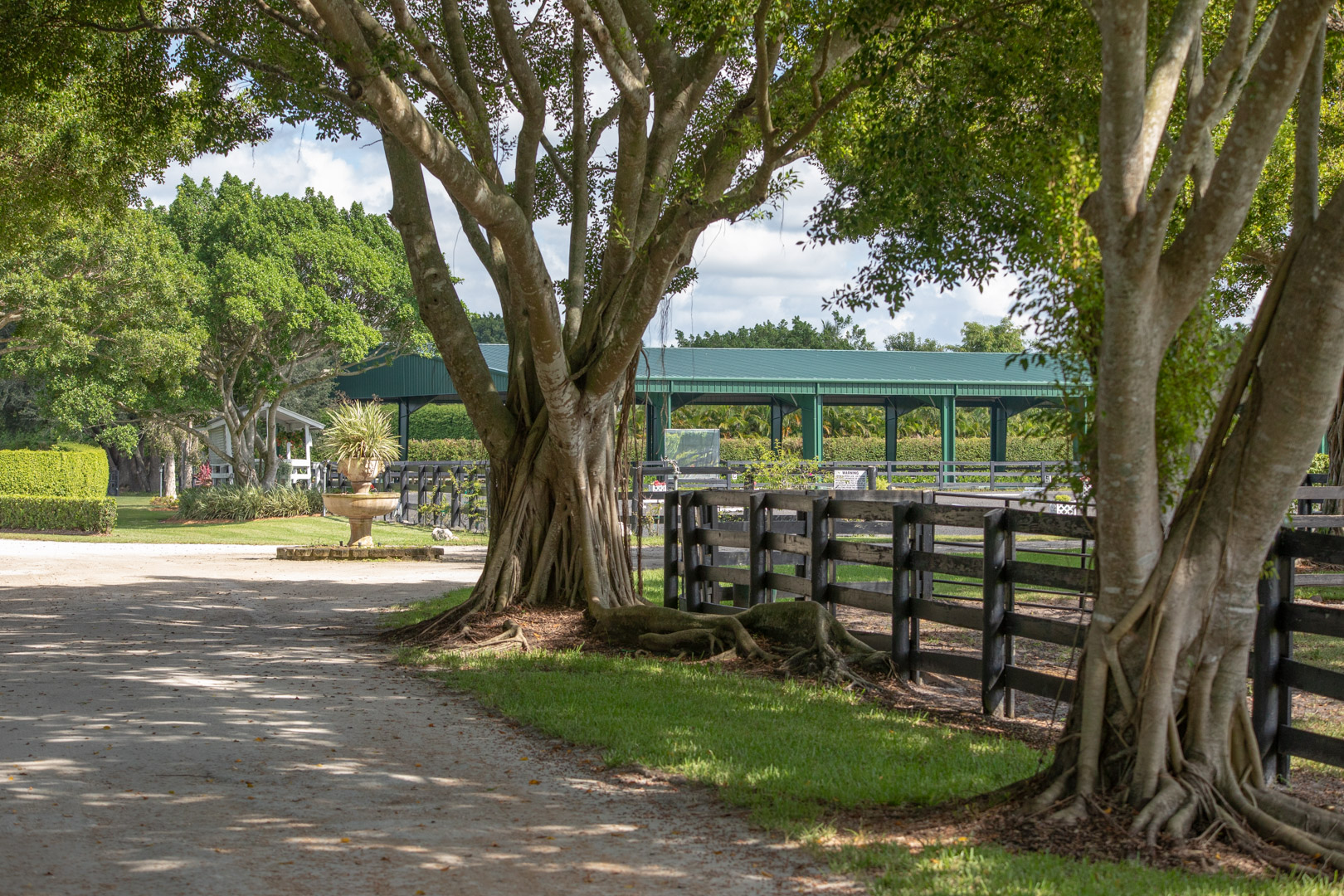
Ride and Train Throughout the Year with Your Own Indoor Riding Arena

A year-round training regimen is recommended to develop the horse and rider. An indoor arena allows for riding, regardless of weather conditions to facilitate such a schedule.
Steel is the best choice when choosing the type of structure and materials to build an indoor riding arena. Strength, durability, and overall indoor riding arena cost are all factors in which steel excels. Let’s examine some other reasons why steel is a perfect choice.
How to Choose the Ideal Size of Your Indoor Riding Arena
Riding arenas should have enough room for full-speed workouts, multiple simultaneous pair or group training sessions, and different course arrangements. The covered areas should be spacious enough in length, width, and height to give the feel of working and riding in open spaces.
Most trainers and riders look for enclosures with relative dimensions of 80x 200’ or 60×120’ for a smaller arena space. These dimensions give adequate room for longer runs and big turns.
The riding arena should also have ample vertical space for jumping and steeplechase training. Sixteen feet is a good average height, although a few extra feet of clearance can help to give an even greater sense of overhead space.
How to Make Your Arena Look Professional Without Breaking the Budget
Luxury and style are important considerations for an indoor riding arena if you strive to become a renowned equestrian destination. Clean and professional riding areas offering unique amenities or high-end pampering for horses and riders are significant but may drive prices beyond many riders’ or trainers’ budgets.
Some practical and valuable features can be included in the arena design. Although modest, these design specifics can offer professional touches without spending a fortune.
- Installing a moisture or vapor barrier can be an essential protection against an area’s climate and weather conditions. Keeping water out of the arena is necessary for maintaining a desired riding surface and can reduce the possibility of condensation or overly humid riding conditions. In turn, this can protect against mold or fungal growth.
- Creating a riding barrier or safety wall around the inside of the arena is an important feature for both rider and horse. There are numerous rider wall guard designs, but the general idea is to provide a wall through which a rider’s stirrups and knees are protected from the columns that support the arena roof structure.
- Proper lighting and ventilation are also necessary for providing first-class arena conditions. In some cases, both of these needs can be achieved through windows, skylights, sidelights, or possibly cupolas. Natural airflow and sunlight are essential for keeping an arena free of noxious smells or stale air and battling bacterial growth. Equally, well-placed lighting offers riders and audiences the best views of the action and facilitates improved training critiques.
- The entry and exit doors should be large and open wide to allow access for horses, riders, and equipment. If the arena hosts events or offers to seat audiences, exit doors will need to be provided for each exterior wall. Clear and visible signage should highlight paths to exits out of the building.
- Providing adequate fire safety compliance with your local facilities is essential. A commitment to safety and security for riders and horses is one of the most prominent marks of true professionalism.
What are the Benefits of Implementing an Indoor Riding Arena?
Building an indoor arena can offer more than a few benefits for the riders, trainers, horses, and support groups who live and travel with these dedicated individuals.
- Unlimited training time– An indoor arena can offer year-round training and competition scenarios. When not interrupted by the weather or changing seasons, riders using an indoor space are given a considerable advantage for their overall development.
- Create a multi-use structure– Besides serving as a riding and training arena, an indoor space can work for horse and livestock auctions, stables or paddocks for short or long-term boarding, a medical facility and grooming area for treating and managing horses, and storage for tack and gear.
- Additional revenue from rentals– Although there is the initial build cost for an arena, these structures can often pay for themselves many times over by offering a clean and professional indoor space to rent for training or associated riding events.
- Regulation of the footing surface– An indoor arena effectively protects the footing material from becoming damaged or compromised by external conditions, creating a stable and consistent training surface.
What are the Preferred Characteristics of an Indoor Riding Surface?
Choosing the right riding surface can be one of the most important aspects of a successful indoor arena, as this material most readily affects the horses. The proper riding surface should prolong the life and competitive abilities of the horses.
Good Moisture Management
Although an indoor riding surface will be protected from most rain, sleet, or snow, it’s still necessary to consider just how vital moisture management is for the footing material. Some moisture will always find its way in, so the footing should help maintain proper drainage and resist rising groundwater.
Equally, the footing should help regulate moisture absorption or retention when water is added to the surface prior to training or events.
Wear Resistant and Easy-care Footing
The footing should also resist wear and tear for a significant amount of time. Replacing footings is a laborious process and should be reserved for extreme cases. Regular cleaning is necessary for sanitary purposes. The footing material should be fine with standard cleaning supplies and regimens.
Inclusive of High Shear Forces
The force of the horse’s hooves, whether running, jumping, or just trotting, can create significant shear and degradation of footing materials. As the materials become more worn and their elasticity reduced, protection for the horse can be reduced.
Diminished surface traction can also occur, potentially leading to accidents. Maintaining a quality footing surface is best for the horse and rider’s health and safety.
Removal of Natural Soil
In an indoor setting, removing natural soil and using a footing material that will provide additional support, comfort, and moisture control is best. Natural soil can become compacted and hard or even slick, ultimately causing problems for the rider and horse.
Separation of the Layers
A bottom base of natural soil will still be used in an indoor arena, but a separating layer between the soil and footing material will prevent the two from mixing. Moisture will also be controlled more effectively with the separation of layers in place.
What are the Costs Associated with Building an Indoor Riding Arena?
Indoor riding arena costs will fluctuate greatly, depending on the materials used, the size of the structure being built, and the amenities included in the finalized arena. Unless you have built an arena or similar-sized structure in the past, it’s best to plan with design professionals who can help outline all the costs and necessities for creating your indoor riding arena.
You’ll need to consider the construction location, the site access, the materials and labor costs, and all of the extras that will finalize the build process. With so many factors to keep in mind, a second set of experienced eyes can offer the right kind of guidance to help leave no stone unturned.
Turn Your Vision into Reality with Coastal Steel Structures!
When you’re ready to move your new riding arena from an idea to a reality, Coastal Steel Structures is here to help. Our highly trained and experienced staff can help create beautiful and highly-functioning buildings for many needs.
Whether you have a detailed plan or just a gathering of ideas, we’ll be able to design a building to meet your needs.
LETS WORK TOGETHER ON YOUR DREAMS!
Are you ready to start your steel building journey? Request a quote today and speak to one of our experienced team members to set you up for success and make your vision a reality!
GET A QUOTE